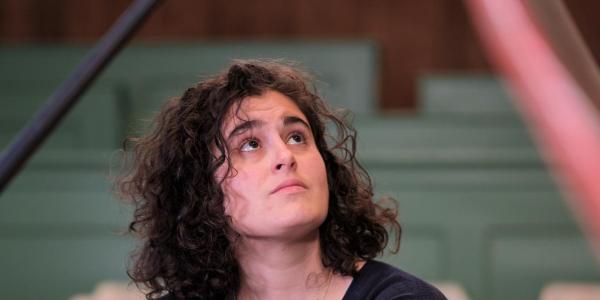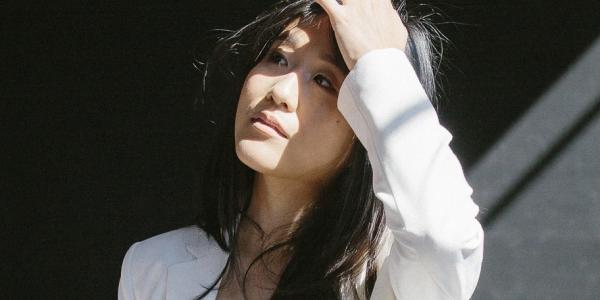
Some musicologists enjoy tracking down a mystery: Why didn’t Schubert finish his “Unfinished” Symphony? Who was Beethoven’s “Immortal Beloved”? They’ll search endlessly, even if their quest hits a series of dead ends. Others avoid such foolishness, preferring to stick to their books, leaving the wild goose chases to those infected with the curiosity bug. For Professor of Musicology Robert Shay, the many mysteries of “Dido and Aeneas” by Henry Purcell (1659-95) are too important to ignore. That said, he feels confident that his critical edition of the English composer’s score, newly published by Bärenreiter, provides fresh answers to a number of questions.
Certainly there’s no mystery about the opera’s stature as one of the glories of the Baroque era. The work tells, in achingly gorgeous music, the sad tale of Dido, Queen of Carthage, and her lover, the Trojan hero Aeneas who heads off to war, leaving her behind, desperate and suicidal, singing one of opera’s most tragic laments. What we don’t know is when the opera was written, when it premiered and, worst of all, what happened to Purcell’s original music. Adding to the frustration of Purcell scholars is the presence of a libretto, with no date and no music, linked to a performance (in 1689?) at Josias Priest’s school for girls. Was it first performed by those young ladies? Or more likely earlier for a king? But which king? Was it James II? Charles II?
Here’s the problem: There’s a gap of nearly 100 years between when the opera was likely premiered and the copying of several music manuscripts, dating from the 1770s and ’80s—and none of those having much of a connection to Priest’s libretto. “There are three (musical) sources from that period, and they’re the earliest we have. But what happened in the interim?,” wondered Shay, a noted Purcell scholar. And what about those manuscripts? Can we trust any of them? Shay thinks he can answer that last dilemma.
 “I’ve come to rely on a manuscript from about 1780 that came to light in the 1960s at Tatton Park [in Cheshire, northwest England]. What’s important is that we know the name of the copyist, Philip Hayes, who was known then as a devoted Purcell expert.”
“I’ve come to rely on a manuscript from about 1780 that came to light in the 1960s at Tatton Park [in Cheshire, northwest England]. What’s important is that we know the name of the copyist, Philip Hayes, who was known then as a devoted Purcell expert.”
Working with Hayes’ score for his edition, Shay made a radical reduction in the number of movements in the three-act work. “I’ve maintained a flow in the music that I got from Hayes and I’ve been careful not to force the libretto onto the music,” he says. There are a handful of earlier editions of “Dido” from recent years, including one published in 2021, that list as many as 44 musical segments, while Shay’s edition numbers only 23. “It’s all there,” he says of Purcell’s music. “The number of movements changes but the scope of the music is not changing.” After working on this project for seven years, launched by an invitation from Bärenreiter, Shay can now join the ongoing, international “Dido” debate among scholars and fans of Baroque opera. Somewhere, Purcell must be smiling at all the attention.
Note: Robert Shay’s new critical edition of the opera “Dido and Aeneas” is only the fourth new critical edition of “Dido” from a major publisher since the work first appeared in print in the 19th century. For Bärenreiter—one of the world’s great music publishers, including the collected works of Bach, Mozart and many other familiar names—this is their first foray into Purcell (and Shay has committed to a second large editorial project for the publisher, Purcell’s “King Arthur”).
Related:
The more we learn about “Dido and Aeneas,” the less we know (The New York Times)
Top left photo credit: Katherine Shay.
Above right photo: From the manuscript copied by Philip Hayes. Copyright: National Trust/Tatton Park.




